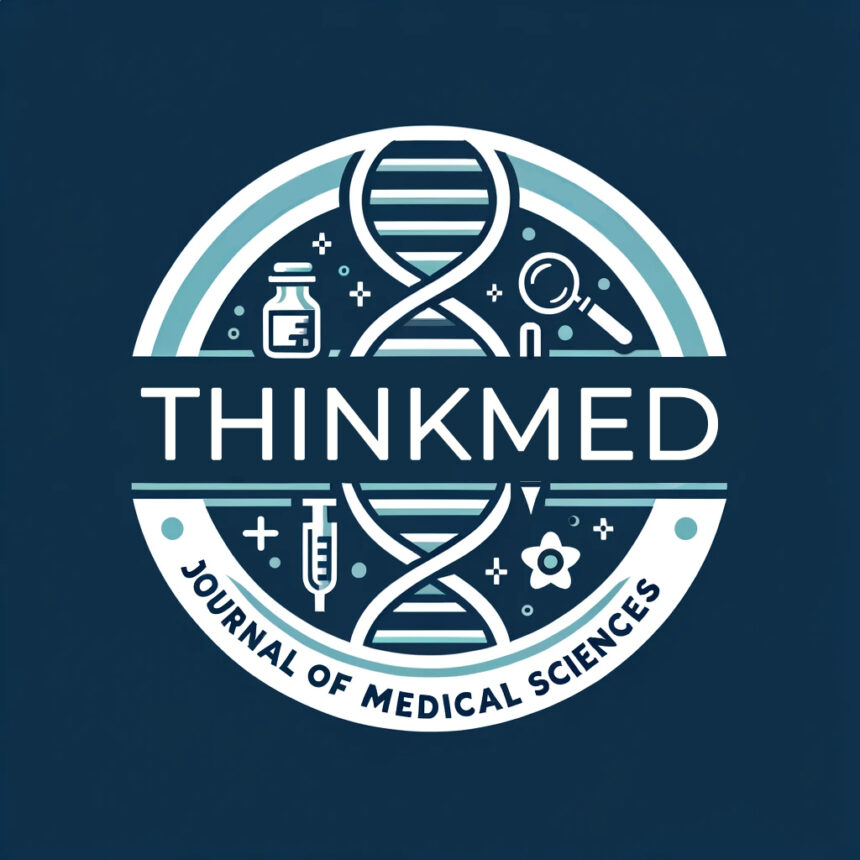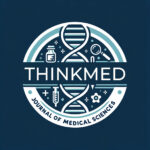
Author: Dr Vaibhav Singh, King George’s Medical University
Understanding the Basics and Treatment Options

Cerebral palsy (CP) is a group of neurological disorders that affect body movement and muscle coordination. It is characterized by damage to or abnormalities in the developing brain that disrupt its ability to control movement, posture, and balance. Although there is no cure for cerebral palsy, supportive treatments, medications, and surgery can help individuals improve their motor skills and enhance their ability to communicate with the world.
What is Cerebral Palsy?
Cerebral palsy is a non-progressive condition, meaning it does not worsen over time. It is caused by damage to the brain before, during, or shortly after birth. The damage can occur due to various factors, such as genetic abnormalities, brain malformations, infections, trauma, or lack of oxygen to the brain.
The severity of symptoms varies from mild difficulties to profound disabilities. Some individuals may experience issues with muscle coordination, posture, balance, muscle tone, and voluntary movement.
Types of Cerebral Palsy
Cerebral palsy is classified into different types based on the specific movement disorder involved. The four main types are:
- Spastic Cerebral Palsy: This is the most common type of cerebral palsy, characterized by stiff muscles and awkward movements. It can further be categorized into three subtypes:
- Spastic Hemiplegia/Hemiparesis: Affects one side of the body, leading to delayed walking, tight heel tendons, and potential scoliosis.
- Spastic Diplegia/Diparesis: Primarily affects the legs, causing muscle stiffness, hyperactive tendon reflexes, and difficulties with walking.
- Spastic Quadriplegia/Quadriparesis: The most severe form, affecting both the arms and legs, often accompanied by intellectual disability, severe stiffness, and challenges with speech and walking.
- Dyskinetic Cerebral Palsy: This type is characterized by slow and uncontrollable writhing or jerky movements of the hands, feet, arms, or legs. It can also lead to difficulties with coordination, speaking, and controlling breathing.
- Ataxic Cerebral Palsy: Ataxic CP primarily affects balance and depth perception. Children with this type may have poor coordination, unsteady walking, and difficulties with precise movements.
- Mixed Cerebral Palsy: Some individuals may exhibit symptoms that do not fit into a single type of CP but are a combination of different types. This mixed form can include a combination of muscle stiffness and floppiness.
Early Signs and Symptoms
Early detection and intervention are crucial for managing cerebral palsy effectively. Infants with CP may exhibit developmental delays, such as delayed rolling over, sitting, crawling, or walking. Other signs and symptoms may include:
- Lack of muscle coordination (ataxia)
- Stiff or tight muscles and exaggerated reflexes (spasticity)
- Weakness in one or more limbs
- Abnormal gait, such as walking on toes or a scissored gait
- Variations in muscle tone, either too stiff or too floppy
- Involuntary movements or tremors
- Delays in reaching motor skill milestones
- Difficulties with precise movements or coordination
- Problems with speech, swallowing, or sucking
It’s important for parents and caregivers to monitor their child’s developmental milestones and seek medical attention if they suspect any delays or abnormalities in movement.
Causes and Risk Factors
Cerebral palsy can have various causes, and in some cases, the exact cause may be unknown. Factors that can contribute to the development of cerebral palsy include:
- Genetic abnormalities
- Congenital brain malformations
- Maternal infections or fevers during pregnancy
- Fetal injury due to lack of oxygen to the brain
- Trauma or head injuries during birth or infancy
Certain risk factors can increase the likelihood of a child developing cerebral palsy. These include:
- Low birth weight and premature birth
- Multiple births (twins, triplets)
- Maternal infections during pregnancy
- Exposure to toxic substances
- Thyroid abnormalities or other health conditions in the mother
- Breech presentation during delivery
- Complicated labor and delivery
- Seizures or jaundice in the newborn
While some risk factors cannot be prevented, others can be managed or avoided through proper prenatal care and safety measures during pregnancy and childbirth.
Diagnosis and Treatment
Diagnosing cerebral palsy typically occurs during the first two years of a child’s life. Doctors perform various tests and evaluations to assess motor skills, muscle tone, reflexes, and developmental milestones. Neuroimaging techniques such as cranial ultrasounds and magnetic resonance imaging (MRI) can help detect brain abnormalities or malformations.
Treatment for cerebral palsy focuses on managing symptoms, improving motor skills, and enhancing overall quality of life. While there is no cure, there are several treatment options available:
- Medication: Medications can be prescribed to manage specific symptoms of cerebral palsy, such as involuntary movements, seizures, spasticity, and pain.
- Therapy: Physical therapy, occupational therapy, and speech therapy are essential components of CP treatment. These therapies aim to improve mobility, fine motor skills, coordination, speech, and language abilities.
- Surgery: In some cases, surgery may be recommended to correct muscle contractures, spinal deformities, joint dislocations, or to address other physical impairments associated with CP.
- Assistive Devices: Specialized assistive devices, such as mobility aids, communication devices, and adaptive equipment, can help individuals with CP enhance their independence and improve their quality of life.
- Supportive Care: Access to early intervention services and educational support through special education programs can greatly benefit children with CP. These services are provided under the Individuals with Disabilities Education Act (IDEA) and can help children develop skills and reach their full potential.
Prognosis and Coexisting Conditions
The prognosis for individuals with cerebral palsy varies depending on the severity of the condition and the effectiveness of treatment and support. While CP does not generally affect life expectancy, it can present challenges in various areas of life.
Individuals with cerebral palsy may also experience coexisting conditions that are not directly caused by CP. These conditions can include:
- Intellectual disabilities
- Seizure disorders
- Delayed growth and development
- Spinal deformities and osteoarthritis
- Impaired vision or hearing
- Speech and language disorders
- Excessive drooling
- Incontinence
- Difficulty with sensations and perceptions
- Learning difficulties
- Infections and long-term illnesses
- Contractures
- Malnutrition
- Dental problems
- Inactivity
- Bone health issues
- Psychological issues
It’s important for individuals with CP to receive comprehensive care that addresses these coexisting conditions and provides support for overall well-being.
Coping with Cerebral Palsy
Living with cerebral palsy can present unique challenges, but with proper care, support, and resources, individuals with CP can lead fulfilling lives. It’s important to create a supportive environment that promotes independence and encourages participation in activities that enhance physical and emotional well-being.
Families and caregivers play a crucial role in supporting individuals with CP. Open communication, access to resources, and involvement in therapy and educational programs can greatly contribute to a person’s overall development and quality of life.
Conclusion
Cerebral palsy is a complex condition that affects movement, coordination, and muscle control. While there is no cure, early detection, comprehensive care, and appropriate interventions can greatly improve the quality of life for individuals with CP. By understanding the different types, causes, and treatment options, individuals with cerebral palsy and their families can navigate the challenges and find the support they need to thrive.




